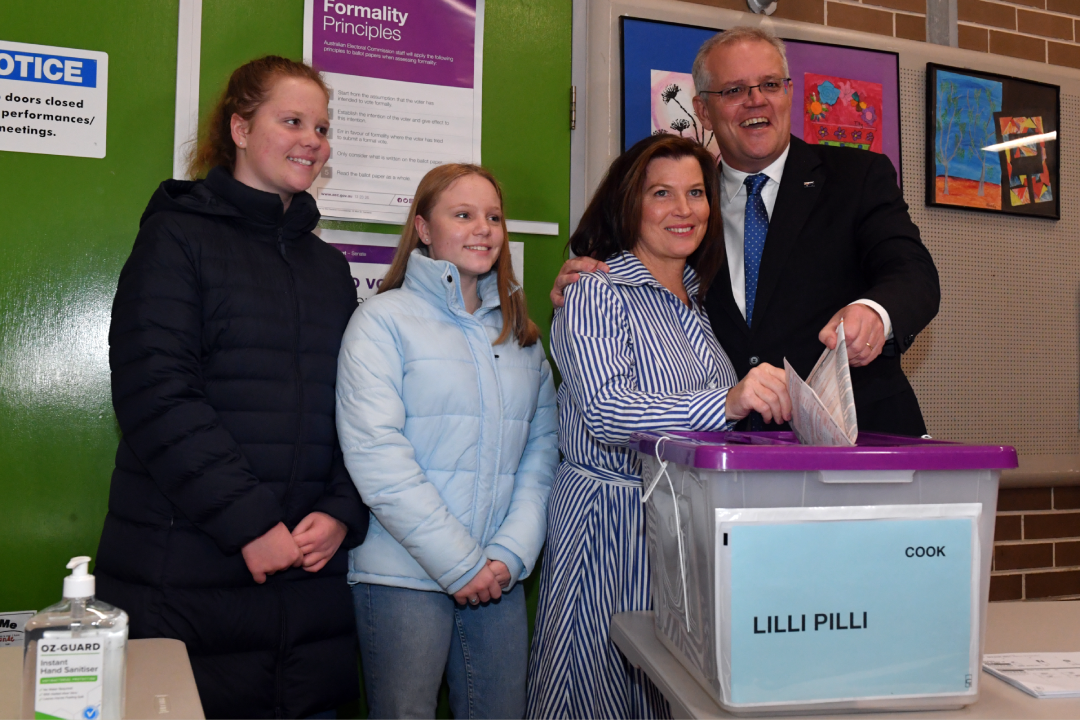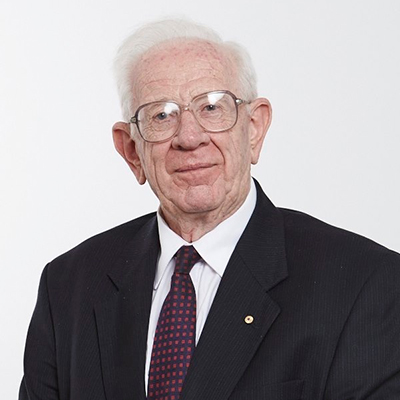

The first by-election for the 47th Parliament will take place in the Electoral Division of Cook (NSW) caused by the resignation of the sitting member, Scott Morrison, which I predict will take place in the second half of 2023.
The candidate for the Liberal Party will win the seat with about the same twenty thousand plus vote majority Morrison achieved in May this year. Perhaps I should give the exact numbers; They were 61,080 for Morrison (62.44%) and 36,737 (37.56%) for Labor’s candidate, Simon Earle. The swing Labor needs to win the seat, therefore, is 12.5%. The swing against Morrison this May was 6.6% compared with May 2019. The national swing to Labor was 3.7%.
Having consulted my pendulums I notice that Cook recorded the strongest two-party vote for the Liberal Party (both in 2019 and in 2022) in metropolitan Australia. In 2019 there were five Coalition seats stronger than Cook. In 2022 there were 12 stronger. At both elections, only Nationals seats and rural/regional Liberal seats were stronger. So, these days Cook is the ultimate blue-ribbon Liberal seat.
In my Switzer Daily article dated 23 February this year 'Celebrating fifty years of the Mackerras Pendulum' – Andre place in blue) I recorded that my first pendulum was published in February 1972 as a guide to the December 1972 election at which Gough Whitlam swept to office. Let me give the 1969 Cook statistics taken from page 49 of my book Australian General Elections. They were 26,861 votes for sitting Liberal member Don Dobie (52.81%) and 24,001 (47.19%) for Labor’s candidate Cliff Mallam. Therefore, I noted that Labor needed a swing of 2.9% to take Cook.
Two more different personality types than Gough Whitlam and Anthony Albanese would be difficult to imagine. Whitlam was up himself, something Albanese conspicuously is not. However, both men led Labor to famous victories, yet the statistics of the victories offer an interesting comparison. In Whitlam’s case, Labor simply gained eight seats from the Liberal Party, one of which was Cook. That turned a Coalition majority of seven seats won in 1969 to a Labor majority of nine seats in 1972. Cook’s boundaries then were roughly the same as today, including Cronulla, Gymea and Kurnell. Every square inch of the Cook on its present boundaries had a Labor member while Whitlam was prime minister!
In those days the House of Representatives had 125 members whereas today it has 151. Were the Albanese victory of 2022 to be similar to the Whitlam victory of 1972 Labor would have taken, say, 10 seats from the Liberal Party. Instead, what happened was that Labor’s numbers rose by nine (from 68 in 2019 to 77 in 2022) but the Liberal Party’s numbers dropped by 19 (from 61 to 42). So, the personalities of the two men were very different and the victories they won were also very different.
My point in this article is that these two seats have had Liberal prime ministers and contrasting histories. So, let me go through the seats held by Liberal prime ministers. Bob Menzies, Harold Holt, John Gorton, Billy McMahon, John Howard, Tony Abbott and Malcolm Turnbull held inner-metropolitan seats, none of which have Liberal members in the 47th Parliament. Higgins was held by two Liberal prime ministers, Holt and Gorton, and has a Labor member today. Bennelong and Reid (then known as Lowe) were held by Howard and McMahon, respectively. Both have Labor members today. Kooyong (the Menzies seat) and Wentworth (Turnbull) now have “teal” independent members.
On the other hand, Malcolm Fraser held the rural seat of Wannon which he took from Labor in 1955 but is blue ribbon Liberal today. Morrison holds the outer metropolitan seat of Cook, the history of which is told above.
These seats represent the patterns of 2022 contrasting with those of 1972. This year’s election saw the worst defeat for the Liberal Party in its history, but it performed well in rural seats and in several outer metropolitan seats which were won by Labor under Whitlam, Hawke, Keating, Rudd and Gillard.
The Liberal Party won these outer metropolitan seats at the May election in circumstances where one could say they were good Liberal wins historically: Banks, Cook, Hughes, Lindsay and Mitchell in Sydney, Aston, Deakin and La Trobe in Melbourne and Bonner, Bowman, Dickson, Forde, Longman and Petrie in Brisbane.
On the other extremity, this was a catastrophic result for Liberals close to the central business district of major cities. Until this election, the poshest suburbs had Liberal members. One could live in or very close to the CBD and have a Liberal as one’s local member. Today Adelaide is the only city in which that is the case. The Liberal Party’s second weakest seat nationally is Sturt (SA) which includes Adelaide’s poshest suburbs as well as suburbs very close to the CBD. Other posh Adelaide suburbs have Labor members.
Higgins is the most extreme case. Going into the 1972 election its member was John Gorton who had succeeded Harold Holt after Holt’s death. Higgins was then the strongest Liberal seat in Melbourne. Its later Liberal member was Peter Costello who retained Higgins very easily at the 2007 election when Howard was defeated in Bennelong.
At the recent election, the traditional Higgins Liberal suburbs of Armadale, Darling, Glen Iris, Malvern and Toorak still voted Liberal, but only weakly so. That vote was overwhelmed by the Labor-voting suburbs of Carnegie, Murrumbeena, Oakleigh, Prahran, St Kilda and Windsor.
But for the Liberal Party, it is better for Higgins to have a Labor member than a “teal” independent as in Goldstein or Kooyong. This leads me to make another fearless prediction. At the 2025 election, Higgins will be won by the Liberal candidate Josh Frydenberg.